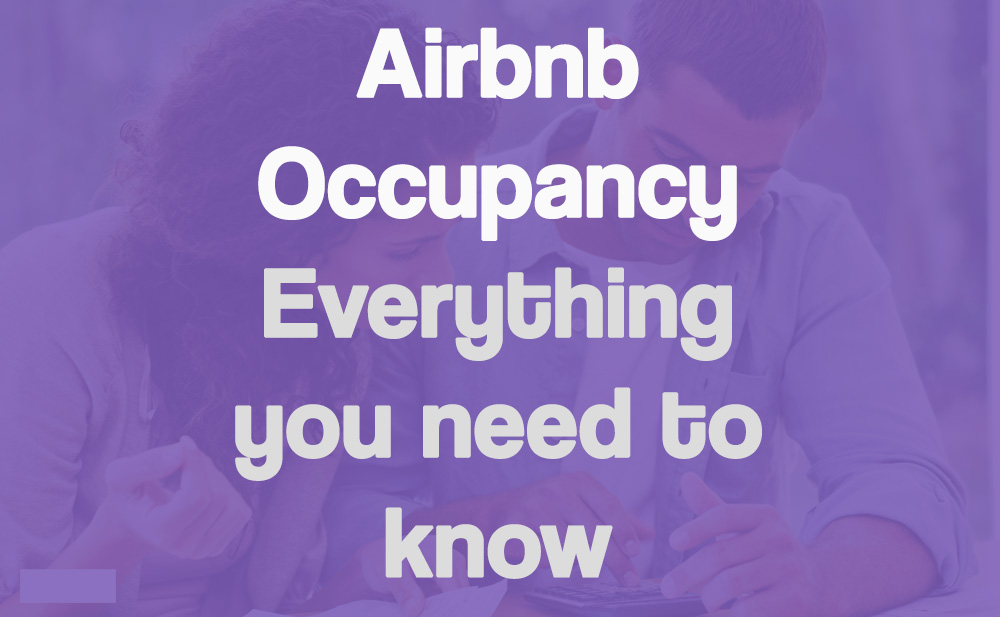
In this Part 2 of our three part series on how to make sure you’re not leaving money on the table with your Airbnb listing, we’re going to do a deep dive on how to look at your occupancy.
See Part 1 here.
Even if you have the top listing in the hottest Airbnb market, your occupancy rates will have an INVERSE relationship with your nightly rental rate. What does that mean? It means that the point at which your Airbnb listing makes the biggest possible rental profits is NOT when it is at 100% occupancy. In fact, you may find that some lower occupancy is actually ideal for maximizing your overall profits.
Airbnb Occupancy and Rental Rates Inversely Related
This means that even if you have the top listing in the top Airbnb market, there is a point at which higher rents will lead to lower occupancy and vice versa. It also means that many listings that have very high occupancies are likely to be leaving money on the table.
Let’s look at this illustrative graph here, showing the relationship between an average nightly rate and the occupancy rate in a single month for a hypothetical listing:
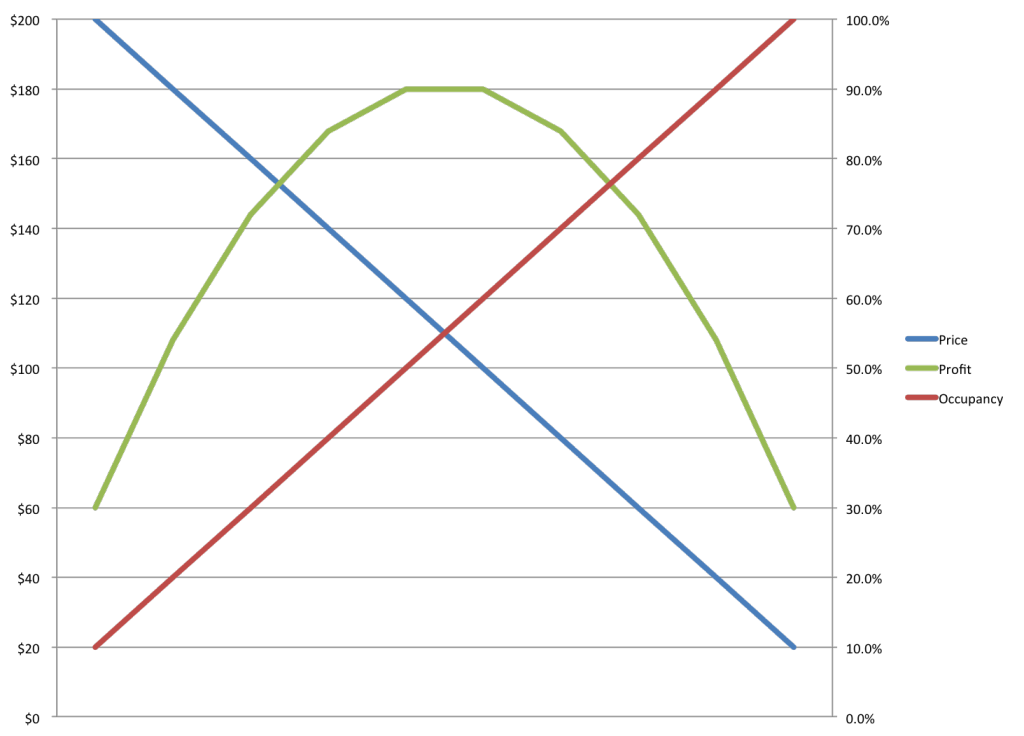
The blue line is the average nightly rental rate and the red line is occupancy rate. As the rental rate goes down, you can expect the occupancy rate to go up. The problem for many new hosts is that having unbooked nights is much easier to tell than not charging enough. Having an unbooked night worth $100 is the same loss as booking at night for $100 when you could have easily charged $200 for it.
So where does that leave many inexperienced hosts? Inside an area that gives the hosts a false sense of achievement–take a look at the pink highlighted area below:
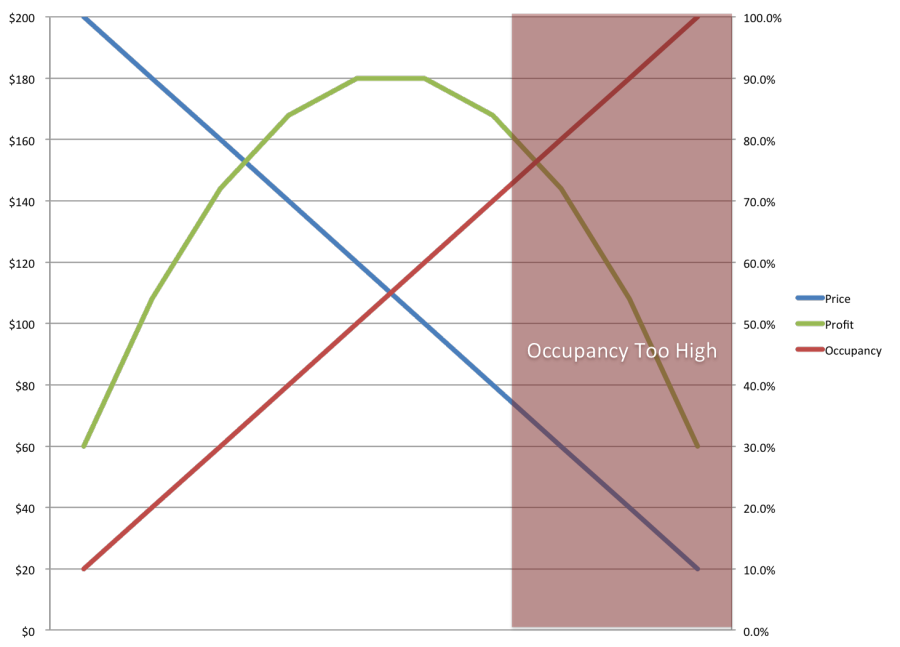
When a host is in this space, they have a high occupancy for their listing, often over 90% but they’re likely to be charging too little for their unit. It can feel good here to have the unit booked up 26+d days a month but they’re likely leaving money on the table here. So how would you know if you are in this “false sense” of performance zone?
Simple, do a test.
Raise your average rental rate prices by 5-10% for a month and look at how your occupancy reacts.
If nothing happens, then you were definitely charging too little. Keep increasing your average rate until you start to see a drop in your occupancy. You’ll find that your overall rental profits will go up in this case. However, if you find that your occupancy drops significantly due to a slight increase in rental rates, then you were likely charing a fair rental rate.
Getting the Ideal Airbnb Occupancy
It’s not easy to find and stay in the ideal occupancy range for your listing. But before we explore how to do that, let’s understand what is the ideal range, the Goldilocks “just right” range.
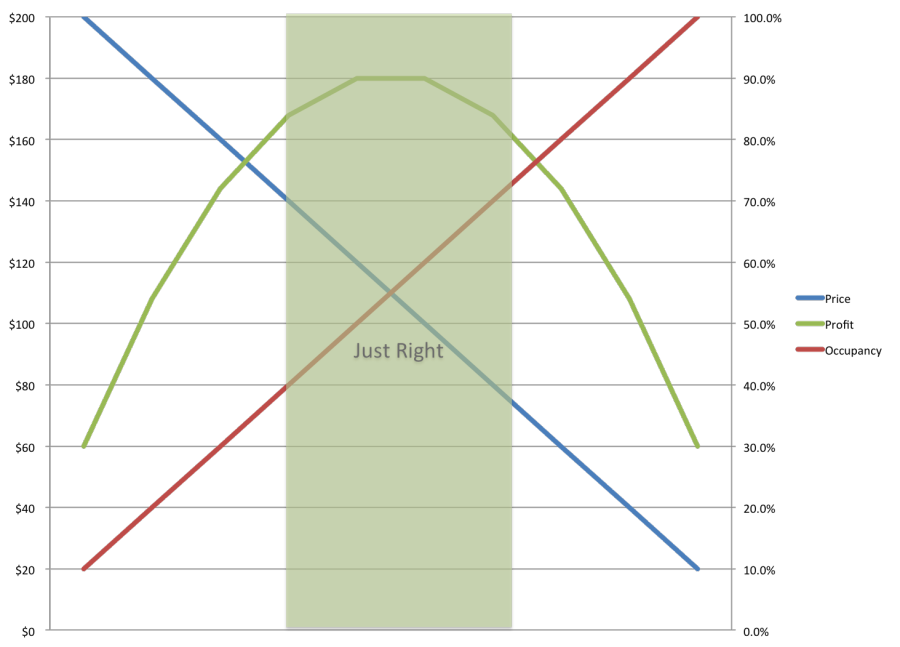
The ideal place for optimizing the rental profits of your unit is at an occupancy that allows you to charge an average rental rate that gives you the highest total rental revenue. This is not at 100% occupancy. But where it ultimately sits will depend on more than a few factors: 1) what market you’re in, 2) what time of year it is, and 3) how your listing is positioned in your market.
Not All Airbnb Markets Are Created Equal
Each market, and for each type of listing within each market, will have some baseline occupancy rate. Some popular markets with very high demand will have a higher baseline occupancy than tertiary markets with far less demand.
Knowing what the average occupancy is for your type of listing in your market is the place to start in setting an occupancy target.
Seasonality Matters For Occupancy
Do you have a listing in a very seasonal market? Maybe the area has very high demand in the summer but hardly any travelers in the winter?
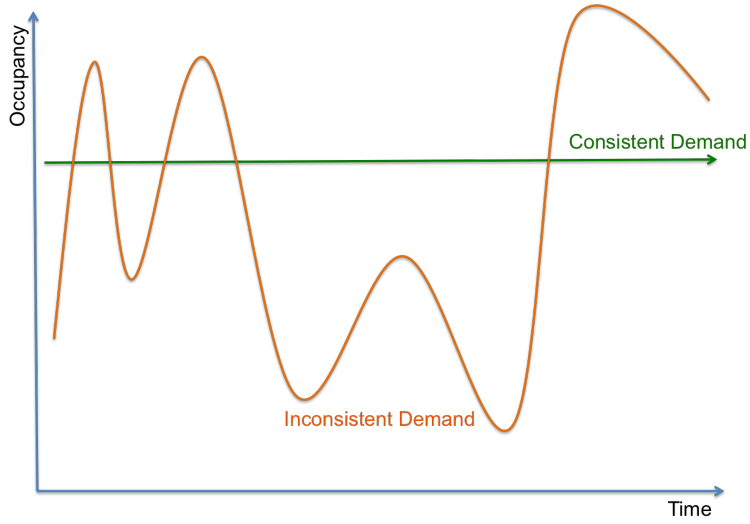
If you’re able to maintain relatively consistent occupancy without having to change your pricing (e.g. lowering it during slower months), your market likely gets fairly consistent demand throughout. However, if you find that maintaining a similar average rental rate throughout the year results in sporadic occupancy rates (high then very low), your market likely gets inconsistent, seasonal, or sporadic demand (e.g. from special events).
Why does paying attention to seasonality matter?
You could leave money on the table in two ways. First, if you’re not paying attention to high demand season and do not adjust your rental rates up accordingly, you’re going to be booking nights at lower rental rates than your listing could command. On the flip side, if you’re not paying attention to low demand season and maintain too high of rental rates, you’ll get stuck with unbooked nights.
Not paying attention to seasonal demand could lead to missing out on rents during both high and low demand seasons.
Does Your Airbnb Listing Command a Premium?
If your listing clearly has a leg up on your competition, you could make higher rental profits through more bookings, higher rates, or both. Look at how your listing compare to your direct competitors. Do you have more appealing amenities? Or is your listing positioned more as a bargain option? Trying to be something more than what your listing could do is a sure way to leave money on the table.
Trying to charge a premium when your listing cannot will result in fewer booked evenings and lower occupancy rates. But not recognizing your listings advantages could also lead you to charge too little and achieve inflated occupancy rates, which also leaves money on the table.
Getting the ideal occupancy for you to achieve the highest rental profits for your listing is no easy task and requires regular evaluation. Sometimes, even if your listing hasn’t changed, your market demand or your competitors have changed.
Pay close attention to your occupancy relative to your total rental profits and constantly monitor to make sure you’re not leaving money on the table.


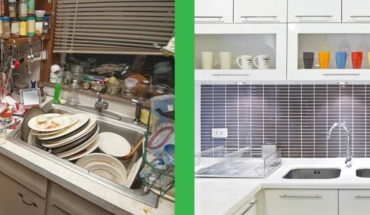
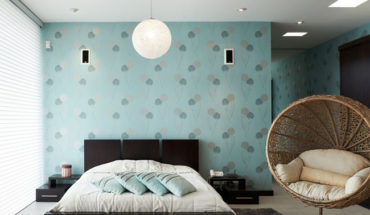
Airlines have teams of programmers and big computers to sorts this out
A hunch is often a good technique
I consider that Airbnb guests are looking for a lower price in general than other booking platforms so they don’t tend to have the disposable income to pay months in advance so we put the prices up further out so if we are lucky enough to get a booking
Then it’s extra money. We then drop the prices nearer the time but not so much to get fully booked. We then inform all our super guests (ones that leave the place as good if not better than they found it) that they can book instant dates in the next few days at half price. This seems to work in our holiday area in the English Lake District very well